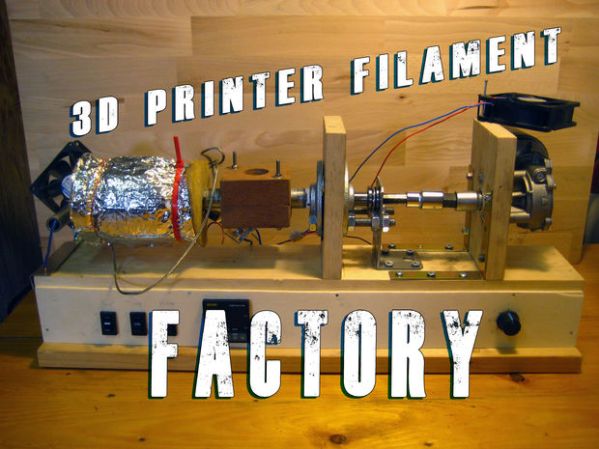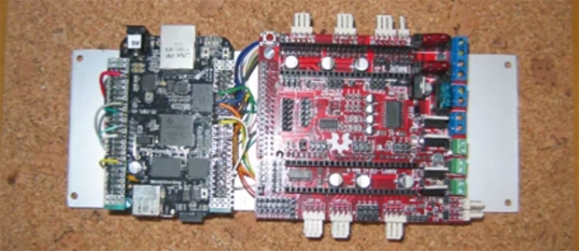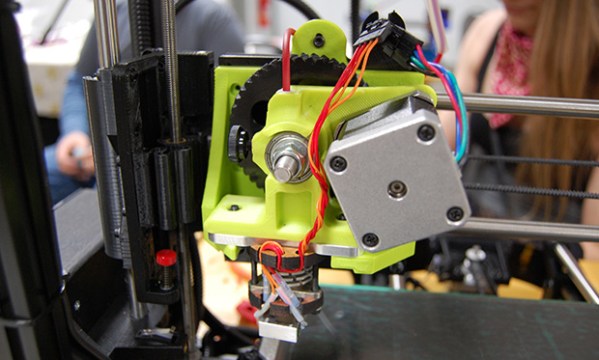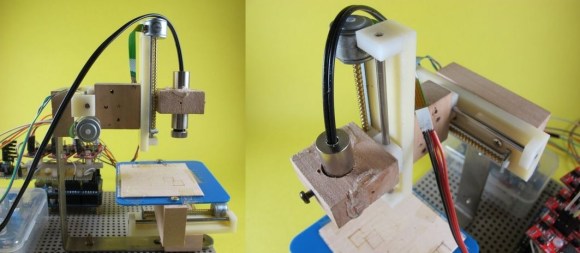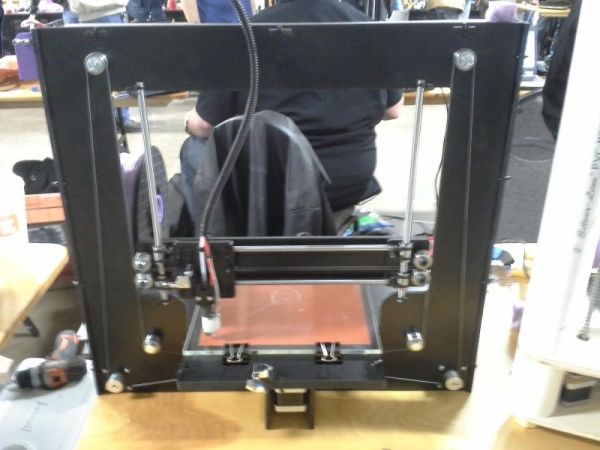3D printers are awesome, and while the plastic filament may not be as much as a rip off as printer ink (yet), it’s still marked up at least 500%! If you really want to break free, you’re going to need your own filament extruder.
ABS, a typical printing material, will run you about $30 USD per kilogram. Don’t get us wrong, that will go a long way — but did you know ABS pellets (technically processed MORE than filament) can be as cheap as $3-4/kg?
What if you could buy the pellets, and make your own filament with them? If you do a lot of printing, this could save you a lot of money. We’ve seen lots of different filament extruders here on Hackaday, and here’s yet another iteration — capable of extruding at an extremely fast rate of 1kg per hour! [Ian McMill] was inspired by [Xabbax’s] Low Cost Filament Extruder, and has put together an excellent Instructable guide on how to make your own — with his own flair of course.
Take a look!

